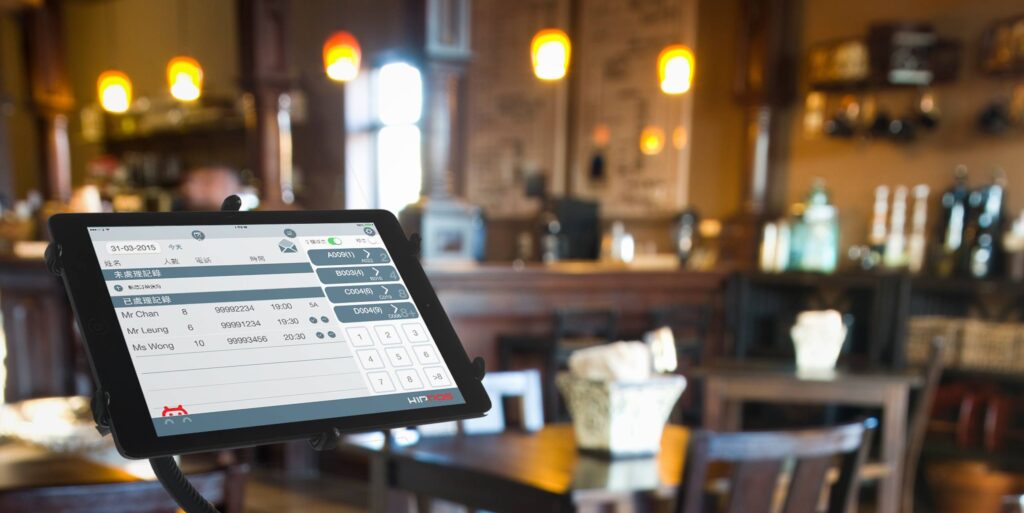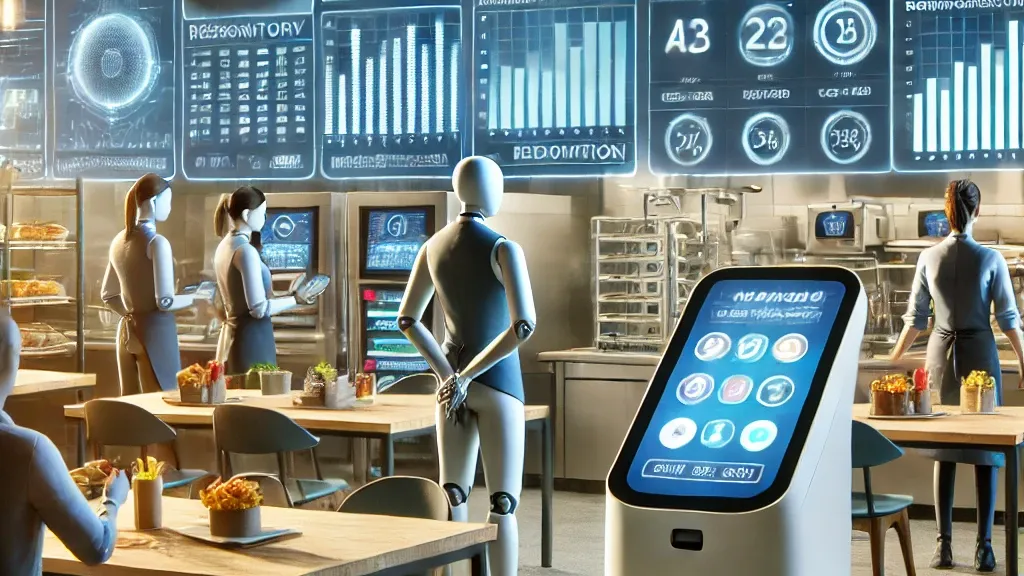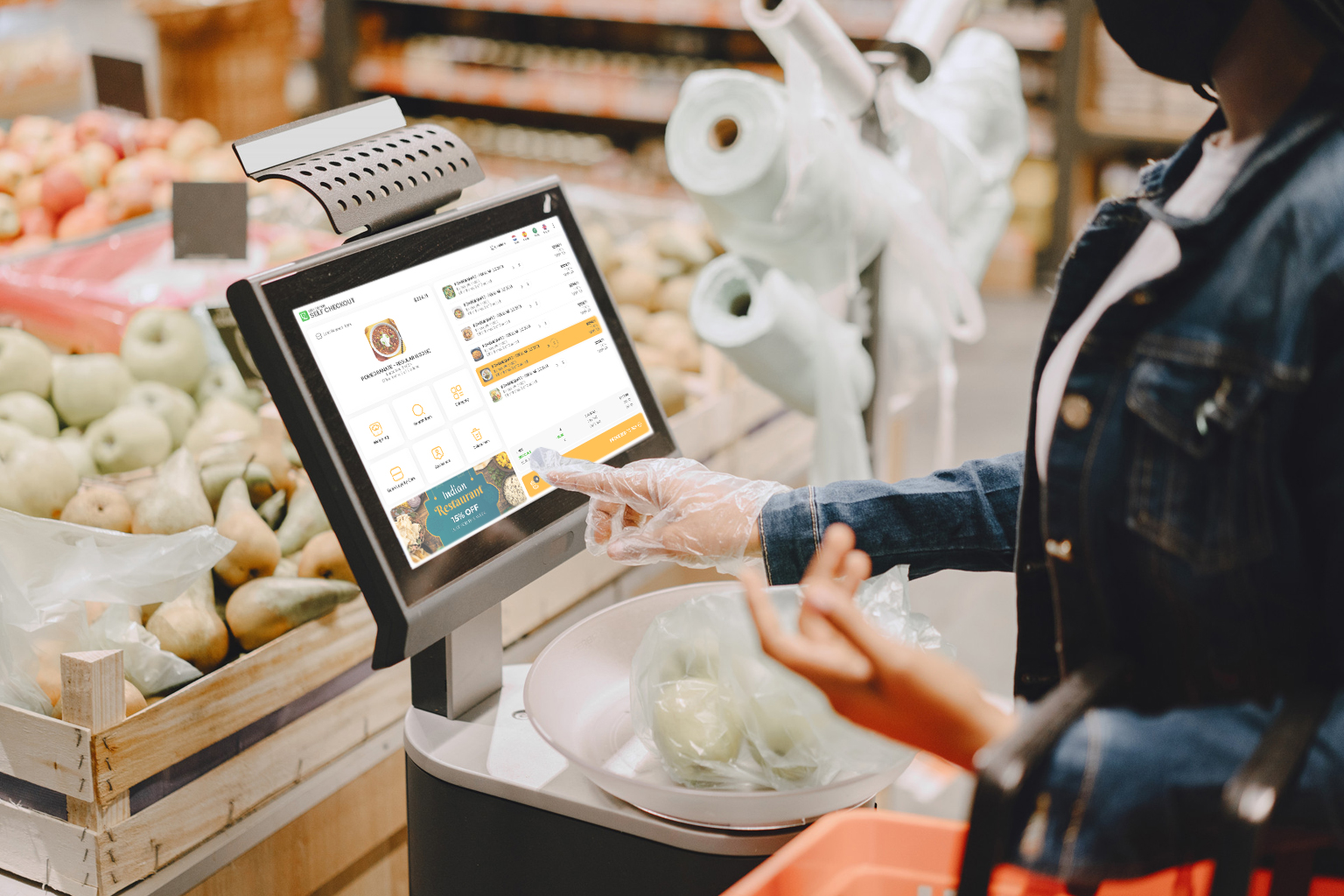How POS Is Changing the Restaurant Business

The restaurant industry has always been fast-paced, demanding precision, efficiency, and excellent customer service. In recent years, one of the most transformative changes in the industry has come from technology—specifically, Point of Sale (POS) systems. Once simply tools for processing payments, modern POS systems have evolved into powerful business hubs that are reshaping how restaurants operate, engage with customers, and grow their profits.
Streamlining Operations
One of the biggest advantages of a modern POS system is its ability to streamline operations. Restaurants no longer rely on handwritten orders or basic cash registers. With just a few taps on a screen, orders are sent directly from the server’s tablet or terminal to the kitchen, minimizing miscommunication and speeding up service. This improves accuracy and reduces errors that often lead to food waste, unhappy customers, or delayed service.
Additionally, POS systems track sales in real time, giving restaurant owners and managers instant access to what’s selling and what’s not. This allows them to make data-driven decisions about menu adjustments, pricing, and promotions, ultimately leading to increased efficiency and profitability.
Enhanced Customer Experience
Today’s diners expect fast, seamless service, and POS systems are helping restaurants meet those expectations. Many POS solutions now offer tableside ordering and payments, reducing wait times and allowing customers to pay right at their table. This improves table turnover rates and enhances customer satisfaction.
Loyalty programs, discounts, and personalized offers can also be integrated into POS systems. This allows restaurants to reward repeat customers and collect valuable data on customer preferences and behavior, which can be used to tailor marketing campaigns and menu suggestions.
Inventory Management Made Easy
Inventory management is one of the most time-consuming and error-prone aspects of running a restaurant. A modern POS system helps automate and simplify this task. It tracks ingredient usage in real time and alerts managers when stock is low or when there’s a discrepancy. This reduces over-ordering, minimizes waste, and ensures that the kitchen always has the ingredients it needs.
Some advanced POS systems even integrate with suppliers, enabling automatic reordering and reducing the chances of running out of critical items. This level of automation not only saves time but also helps keep operations running smoothly.
Better Staff Management
POS systems also help streamline employee management. From scheduling shifts to tracking clock-ins and performance, POS platforms provide useful tools to manage staff efficiently. Managers can monitor which employees are performing best, track labor costs, and adjust staffing levels based on busy or slow times.
Employee training is also simplified, as intuitive POS interfaces reduce the time it takes for new staff to become proficient. A well-trained staff using an easy-to-navigate POS system leads to faster service and fewer errors.
Real-Time Reporting and Analytics
Perhaps one of the most transformative features of modern POS systems is access to real-time reporting and analytics. Restaurant owners can track sales, monitor profit margins, evaluate the success of promotions, and spot trends all from a single dashboard—often accessible from a mobile device.
This level of insight empowers restaurants to make strategic decisions quickly and effectively. Whether it’s identifying the best-selling dish, optimizing operating hours, or launching a new marketing campaign, data from the POS system becomes a valuable business asset.
Embracing the Future
The restaurant business is more competitive than ever, and technology is playing a crucial role in who thrives and who struggles. POS systems are no longer optional—they’re essential. By improving operational efficiency, enhancing the customer experience, streamlining inventory and staff management, and offering deep data insights, POS technology is changing the way restaurants operate from the ground up.






